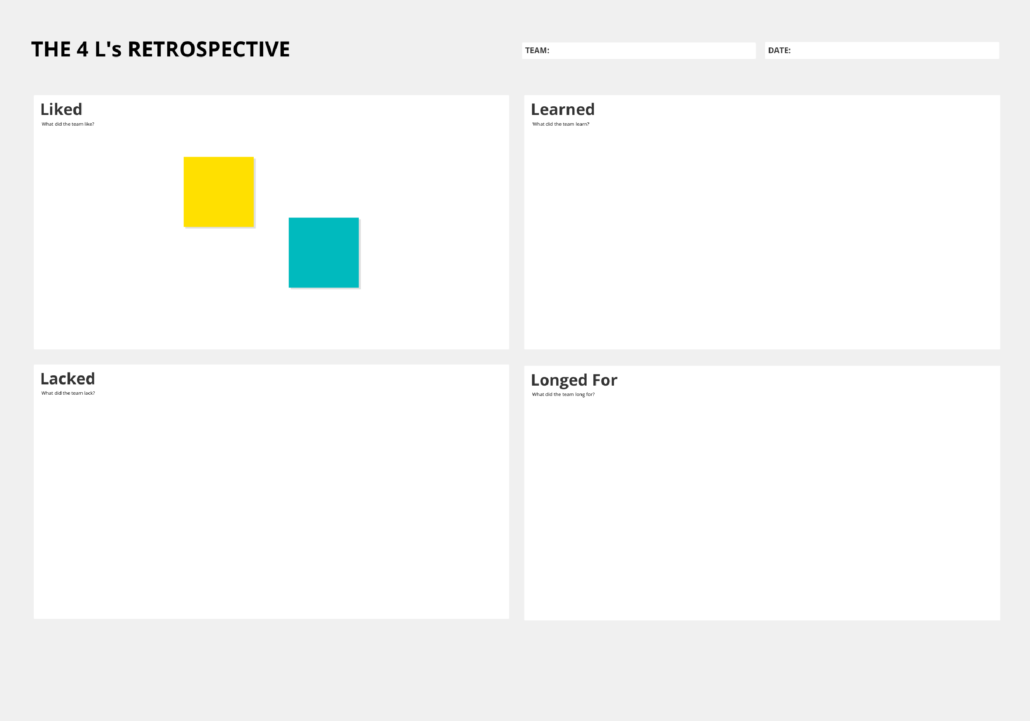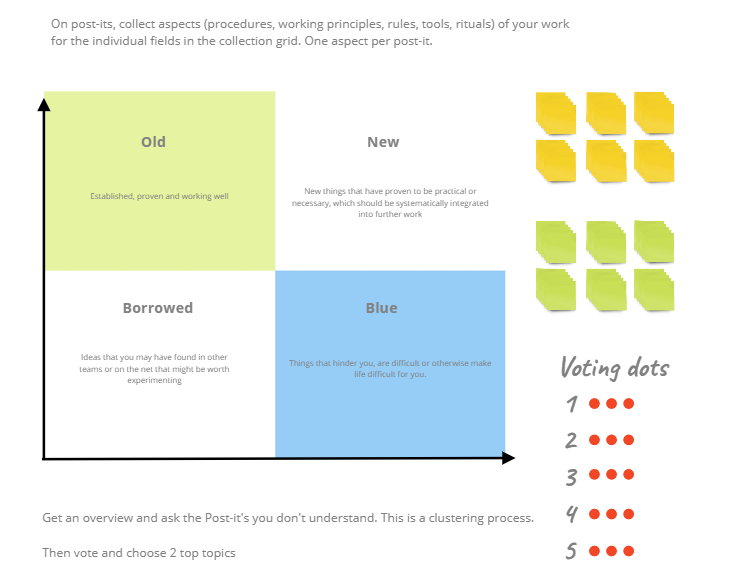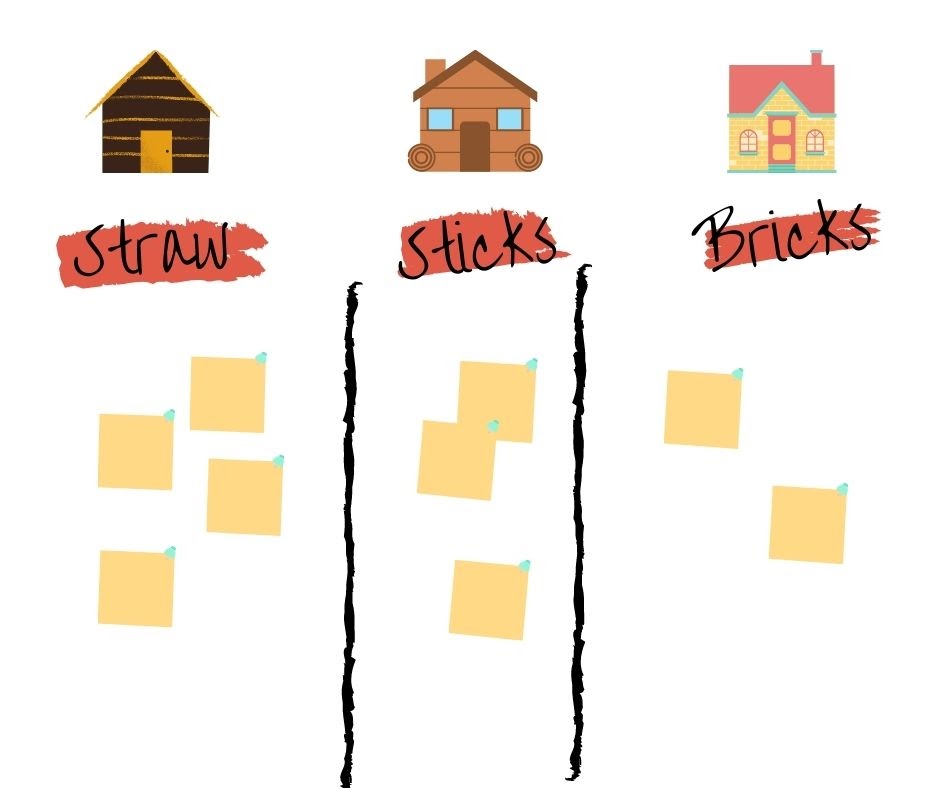How can you build a culture of constructive feedback in your team? Try using retrospectives!
We sat down with Kelly Indira Buis, Hub member and freelance Project Manager and Facilitator at ImpactBasis, to talk about how to create a healthy culture of feedback in a team or organisation. Kelly regularly writes on topics such as creating a healthy team culture, facilitating processes, and managing improvement in social impact organisations.
What’s your first response to a call for feedback?
Excited as there will be an opportunity to learn? Uncomfortable with the idea of speaking your mind? Fearing the moment you’ll receive feedback? The list of responses is probably endless.
So are the approaches to feedback. Lately, I’ve been hearing a lot that because I’m Dutch, I must be direct in communication and therefore by definition be comfortable with giving and receiving feedback. I’m getting there, but it hasn’t come naturally.
One eye-opener was the feedback I received last year that my feedback was too indirect. Too kind even. “I can only grow when you give me feedback about what I should improve instead of only receiving compliments on what is going well,” I was told.
This meant that my plan to first build the confidence of the team I was managing, before challenging them, wasn’t going as intended.
The feedback was spot on, though. To speak with Kim Scott’s words, who is the author of the book Radical Candor: I got stuck in ‘ruinous empathy’. Too much caring, not enough challenging.
This led me to the question: how does one start building a culture of constructive feedback in a team?
My top tip: use retrospectives
One low-key feedback tool that I personally love are retrospectives. They’re a tool widely known in the agile community, and I hope they will get adopted more widely.
Instead of waiting for the big evaluation moment at the end of the project (which often means only reflecting on the process and not discussing the team work, as I’ve often noticed), why not integrate retrospectives on a regular basis in teams while doing the work?
It’s ideal to take the pressure away from the performance review and adjust, tweak and iterate the project and the team work as you go.
Let me share three retrospective examples I’ve enjoyed participating in, so you and your team can give it a go using the templates:
The 4L Retrospective: What did the team love, learned, lacked and longed for? Everyone can (anonymously) share their insights on post-its, after which points of improvement can be defined and tested

The Wedding Retrospective: this retrospective follows the wedding rhyme, and you collect input from the team based on:
- Something old: positive feedback or constructive criticism on an established practice
- Something new: positive feedback or constructive criticism on experiments in progress
- Something borrowed: a suggestion for something the team could try
- Something blue: any blocker or other source of disappointment

The three little pigs retrospective: this retrospective is designed after the well-known tale about the three little pigs and the big bad wolf. It is another way to start conversations about improvements.
- The house of straw: anything weak that we do
- The house of sticks: kind of solid, but could collapse at any time
- The house of bricks: real solid

Credits should definitely be given to my colleagues at ImpactBasis for showing me fun and innovative retrospectives, Philip Rogers for collecting a lot of retrospectives on this Trello board and the website funretrospectives.
If you’re interested in learning more about team management, new ways of working, and ways of working more effectively, why not join the ImpactBasis and ReesMcCann Summer Camp? Six sessions (you can mix and match) all about thinking, doing, and planning more impactfully. More information is available here.









